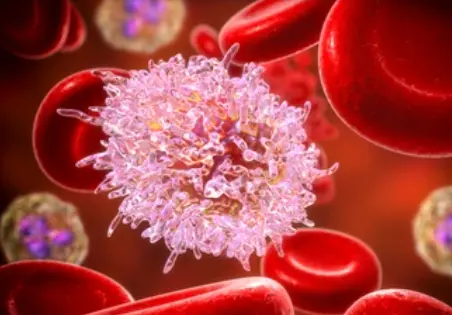 Welcome
Welcome
“May all be happy, may all be healed, may all be at peace and may no one ever suffer."
Post-herpetic keratitis - Generics
Post-herpetic keratitis is a condition in which the cornea (the clear, outer layer of the eye) becomes inflamed and damaged following an outbreak of shingles (herpes zoster) on the face or around the eye. This condition can occur in people of any age who have had shingles, but it is more common in older adults.
Symptoms of post-herpetic keratitis can include eye pain, redness, tearing, sensitivity to light, and blurred vision. In severe cases, it can lead to vision loss or even blindness.
Treatment for post-herpetic keratitis typically involves antiviral medications to help control the herpes virus and reduce the risk of further damage to the cornea. Topical steroids and other anti-inflammatory medications may also be used to help reduce inflammation and promote healing. In some cases, surgery may be necessary to repair or replace damaged corneal tissue.
Preventing post-herpetic keratitis involves preventing or treating shingles outbreaks. This may involve getting vaccinated against shingles, taking antiviral medications as prescribed, and practicing good hygiene to avoid spreading the virus to others.
Regular eye exams are also important for people who have had shingles, as post-herpetic keratitis can cause lasting damage to the eyes even after the initial outbreak has resolved.

Febrile neutropenia

Oesophagitis

Lymphoma

Transient ischaemic attac...

Gynecological infections

Psoriasis

Protozoal infections

Chronic myeloid leukemia
Post herpetic keratitis, পোস্ট হার্পেটিক কেরায়টাইটিস
To be happy, beautiful, healthy, wealthy, hale and long-lived stay with DM3S.